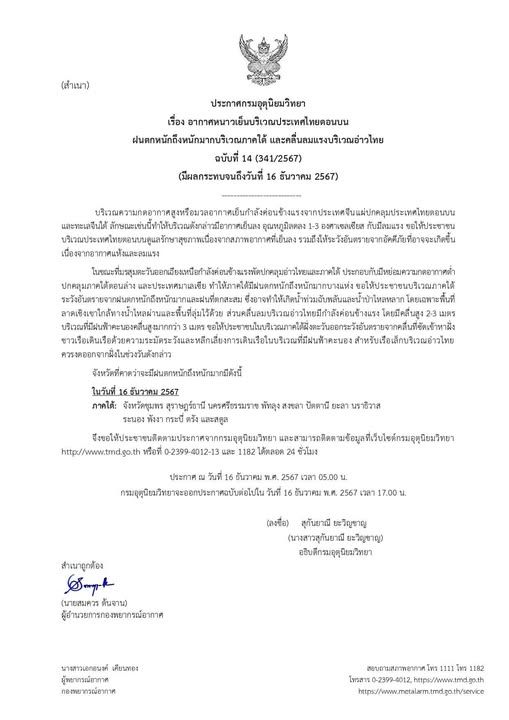Child safety is a growing concern as kids are exposed to violence, causing anxieties. Families and schools must prioritize protection and guidance to ensure their well-being. It’s time for a societal response to safeguard our youth. #ChildSafety #YouthViolence #FamilyProtection
Children and adolescents are increasingly exposed to violence in society, with recent events stirring anxieties about their welfare. Instances of aggression and distress among the youth underscore the need for urgent intervention from families, communities, and experts.
The Wake-Up Call
Two violent incidents involving adolescents occurred last month, one in Bangkok and the other in Nakhon Si Thammarat. The incidents have stirred concerns about the welfare of children and adolescents.
A 14-year-old boy took part in a deadly shooting in Siam Paragon shopping mall in Bangkok, leading to three fatalities and four injuries. Meanwhile, a 19-year-old student in Nakhon Si Thammarat committed suicide after being scammed out of nearly 20,000 baht ($600) for a non-existent iPhone 13.
Youth Violence: A Closer Look
The Department of Mental Health voiced concerns over the exposure of children and adolescents to violence in different forms, from crime scene depictions in films to violent video games and social media content. Dr Varoth Chotpitayasunondh, spokesman of the Department of Mental Health, identified stressful home and school environments as potential triggers for aggressive behavior among the young.
While it’s essential not to stigmatize aggression and violence as symptoms of mental illness, Dr. Varoth noted that individuals with mental health issues may be more prone to violent behavior. The role of family and parents, he emphasized, is crucial in shaping the mindsets of children and adolescents.
The Role of Families
Families have the potential to act as a protective barrier against stress and violence among adolescents. Effective communication characterized by care, kindness, and understanding can serve as preventative measures against stress and violence.
Unfortunately, the lack of family and parental communication has been identified as a contributing factor to the persistence of violence among young people, according to Chuwit Chantaros, secretary-general of the Child, Youth and Family Foundation.
Navigating the Social Realm
The complications of youth violence extend to the realm of social skills and school dynamics. Schools focusing solely on academic excellence and competition often neglect the development of vital life skills. The expulsion of students as a means of protecting a school’s image and reputation can exacerbate mental health issues among students and potentially lead to violent behaviors or suicide.
Social Media: A Double-Edged Sword
In this digital age, parents must also guide their children in navigating social media responsibly. Children should understand the implications of sharing information online and the potential risks involved. Simultaneously, respect for children’s privacy is necessary, and parents must avoid being overly intrusive while guiding their offspring in their use of these platforms.
Conclusion
The surge of violent incidents involving youth has triggered an urgent call for a societal response. The need for increased communication within families, a balanced focus on academic and life skills in schools, and a guided approach to social media usage are potential strategies to safeguard our children and adolescents.
Frequently Asked Questions
Q1: What are the recent incidents that have raised concerns about child safety and youth violence?
In the recent past, two violent incidents involving adolescents, one in Bangkok and the other in Nakhon Si Thammarat, have sparked anxieties about child safety. A 14-year-old boy was involved in a fatal shooting incident at a shopping mall in Bangkok, and a 19-year-old student in Nakhon Si Thammarat took his life after being swindled for a non-existent iPhone 13.
Q2: What role do families play in mitigating youth violence and ensuring child safety?
Families can serve as a protective shield against stress and violence among adolescents. Effective communication marked by affection, compassion, and understanding can act as preventative steps against stress and violence. However, an absence of family and parental communication is identified as a contributing element to the persistence of violence among young people.
Q3: How can we address the issues of youth violence and child safety in the context of social media and schools?
Schools should aim for a balanced focus on academic excellence and the development of essential life skills. Excluding students to preserve a school’s image can worsen mental health issues among students and potentially lead to violent behaviors or suicide. Parents must also guide their children in responsibly handling social media. They should explain the implications of online information sharing and the associated potential risks. At the same time, they must respect children’s privacy and avoid excessively intrusive supervision.




